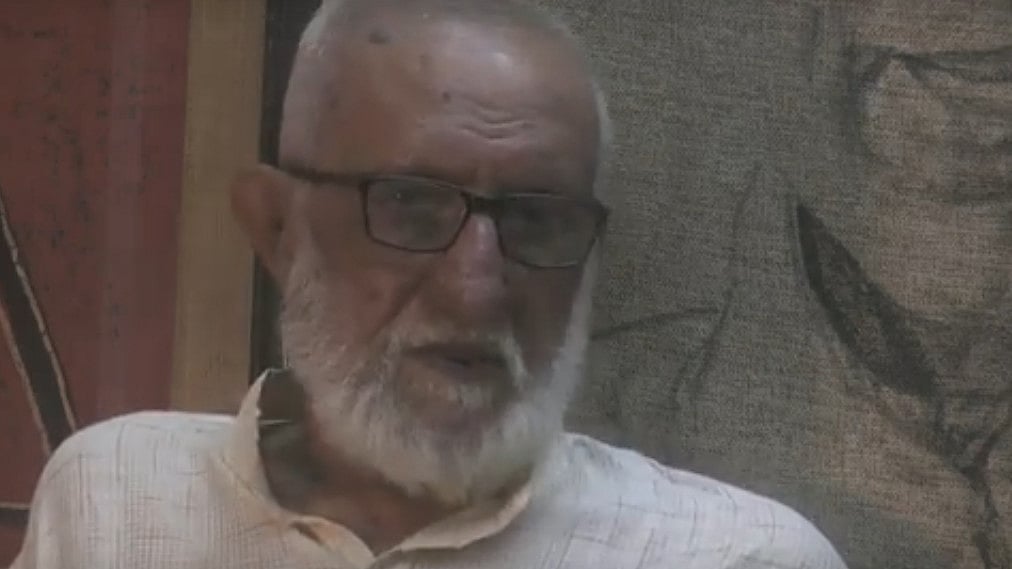The economy is in recovery mode. The long awaited private capex has also begun. But sustainable and inclusive recovery is still distant. Budget 2022 is expected to take major steps towards making recovery sustainably durable and inclusive. Care has to be taken that the ongoing recovery does not slip. Despite India rebounding at the quickest pace among major economies this fiscal, the finance minister will have to provide much more than mere stimulus to make the growth trajectory credible. Budgetary support to economic recovery should be such that the RBI is enabled to switch its focus towards price stability.
A number of factors are making India’s economic situation complex and uncertain:
(1) The economy is vast, heterogeneous, diverse and fragmented;
(2)Challenges and risks are accelerating because of the prevalence of the pandemic for over two years;
(3)India has completed three decades of diverse economic reforms, which are progressing at varying paces;
(4) Climate change event shave become more frequent and drastic and (5) Geo-political upheavals are becoming more frequent, with changing global power equations.
Both the global and domestic environments need to be conducive to usher in sustainable economic revival. Global growth is projected to slow to 4.1 per cent in 2022 from 5.5 per cent in 2021. Governments abroad are resorting to measures to get their economies back to normalcy. Interest rate hikes have become imminent. The US Fed has started tightening loose monetary policy by tapering off bond purchases. At the recent Davos forum, the IMF and ECB leaders called for urgent policy actions to ensure an equitable recovery. The IMF MD Kristalina Georgieva emphasized, “We have to be data-driven and flexible. If I were to offer policymakers a new year's resolution, it would be policy flexibility.”
Domestically, the policy environment has been focusing on medium-term growth, by taking a plethora of well-meaning measures to boost manufacturing and infrastructure development. The Prime Minister has asked district managers to work on time-bound targets for taking roads to all villages. Other positives include the forex kitty at a comfortable $635bn, providing import cover for more than 15 months; the fast digitisation of the economy; innovative technological developments and the emergence of a new ecosystem encouraging startups and unicorns; the pro-active push being given to green transition and tax buoyancy, amongst others.
Liquidity in the banking system continues to stay in the surplus mode. The RBI is proactively intervening with necessary steps when tax outflows create temporary tightness. Headwinds are a plenty. Investment rate has been declining. India had, on last count, as many as 53 million unemployed people, with a huge proportion of them being women. There is a slowdown in agriculture and rural belts. Terms of trade have become unfavourable for the agricultural sector. While the majority feel that the fiscal deficit target of 6.8 per cent for FY22 may be attained, it could slip on account of the shortfall in the disinvestment receipts.
Priority submissions
Though the compliance burden in general is getting reduced, TDS & TCS provisions are leading to increased compliance and litigation load on taxpayers. The scope of TDS/TCS needs a relook. A simplification of personal income tax and capital gains tax is needed. The I-T exemption limit at Rs 2.5 lakh and section 80C deduction limit at Rs 1.5 lakh ought to increase. Some remedial measures to check exacerbating inequalities because of the ongoing pandemic have become essential. Lockdowns and frequent restrictions on public mobility have affected incomes disproportionately for a large number of households.
It is extremely important that both Central and state governments work in tandem to facilitate sustainable growth in critical sectors like agribusiness and tourism. The role of policymaking and effective execution has become paramount. For the tourism sector, there should be a ‘One India One Tourism’ approach, inclusive of a one tax structure.
The K-shaped medium-term economic recovery from the pandemic may not be sustainable for a large section of the population. This necessitates government interventions at multiple levels. The Budget being the most important government policy, it would be the right medium to chart a clear roadmap for action.
The long-term solution to India’s socio-economic discontent is reliable, productive employment. The economy cannot afford to have jobless growth. India’s employment rate at 43per cent is much lower than the global standard of 55-58per cent. Budgetary policy should have a pragmatic plan to sustainably create employment opportunities and for upskilling of individual workers, so that they are able to access appropriate jobs.
A tax on the super-rich is likely. At present, the highest tax, including sur charge on income, is 43 per cent. Ideally, no tax rates should be increased or new taxes introduced, which would go a long way to bridge the massive trust deficit that exists between stakeholders and the government, which the government has already promised. The Budget should focus on implementation of disinvestment targets. The massive tax buoyancy seen in current fiscal may not be repeated next year. The government will have to smartly balance the need for augmenting tax revenues and having a robust and resilient capital market, essential for forex inflows and disinvestment. The inadequacy of a proper social support system has been clearly exposed by Covid. This presents a chance for the FM to set it right through affirmative action, including massive investment in public healthcare infrastructure. It is important to look at healthcare differently. The focus should be on formulating concrete steps to tackle the serious problem of child malnutrition. About two decades ago, the government made IT services a national priority and offered various incentives like a tax holiday for 15 years and capital subsidies. As a result, the IT sector grew sustainably. Healthcare today deserves such support. Around 70 per cent of healthcare spending is out-of-pocket expenses. Inflation has become the biggest challenge today. The RBI should have a different role to play in the revival of the economy. Thanks largely to GST, robust tax collection shave provided the FM some space for an expansionary fiscal policy. Reducing inflation is also an important determinant of growth, which should be left squarely upon the RBI. Well-planned public expenditure has a multiplier effect on the economy. Higher capital expenditure by the government would support jumpstarting the growth process and crowding in private investment as well as FDI. This needs to be accompanied by the lowering of transaction costs and accelerating the ease-of-doing business. The government needs to re-examine its own and the states’ policy of giving short term incentives like cash payouts, free grain supply etc. These may be well-intentioned but the financial strain these place on the fisc deserves careful examination. There is no alternative to rapidly putting in place adequate infrastructure required to meet growth targets.
Summing up, it has become important that the push to economic growth should not be sacrificed at the altar of fiscal consolidation. The government must continue with measures to put more money in the hands of consumers via increase in incomes, especially in rural areas where FMCG volume growth has become negative. There is a paramount need for the government to push capex in export-oriented labour- intensive sectors. Effective implementation of well-thought-out policies should be the focus. Besides, the absence of proper infrastructure to collate data needs rectification. Inadequate reporting could mask the real numbers on issues like infection, unemployment, the in formal nature of the economy, amongst many others. There is also a need to make growth much more equitable as inequality could lead to tensions in society. In short, the Budget should lay the perfect foundation for a clean, green, sustainable and reliable future growth path.
The writer is a corporate economist










